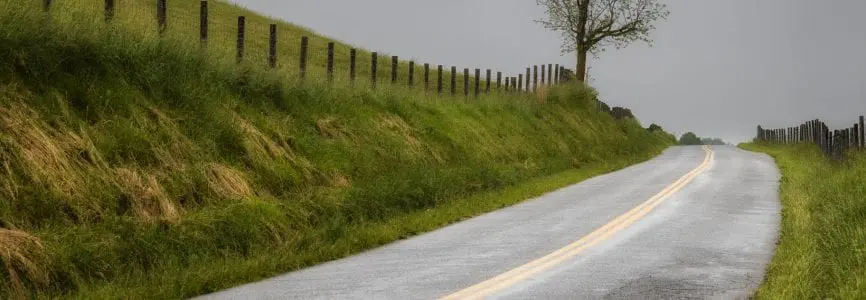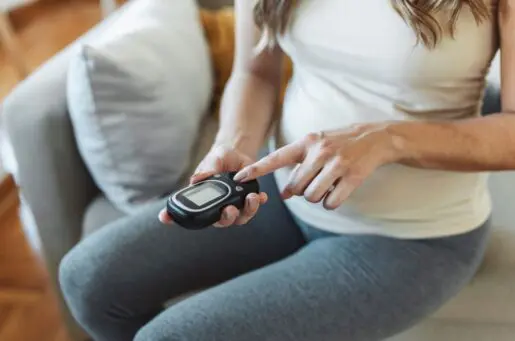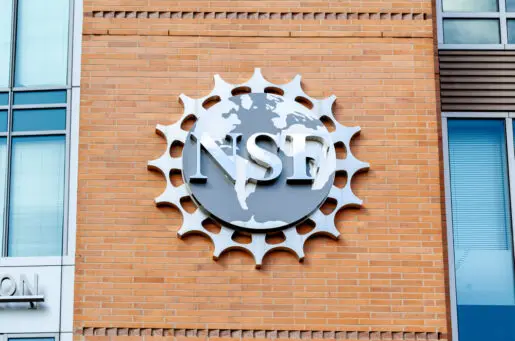Bioethics Forum Essay
Covid-19 Vaccine Hesitancy in Rural Communities? Checking Our Assumptions
As the United States redoubled its vaccine efforts, nearly 40% of the U.S. population has received at least one dose of a Covid vaccine. As access to vaccines increases, the popular press reports waning demand for vaccines in rural residents and points to vaccine hesitancy. To plan effective public health action for next steps in vaccine distribution, we need a clearer understanding of why doses distributed to rural areas remain unclaimed. We must check our assumptions to prevent a false narrative that could cause harm by reinforcing a false belief that rural residents are not interested in vaccination.
First, the data. In Virginia, the state where I live and work, many of our rural counties have higher one-dose rates per 100,000 residents compared with our urban counties. As of April 15, for example, urban counties bordering the District of Columbia reported one-dose rates of 38.5%, 37.6%, and 37.1% in Loudon, Fairfax, and Arlington counties. Another urban center, the City of Richmond, reported 33.2% of residents with at least one dose. Higher one-dose rates were reported in many rural counties in the southern, western, and eastern parts of the state, with rates of 41.5% (Botetourt County), 45.1% (Highland County), 46% (Nelson County), and 49.3% (Northampton County). Ten of 16 of Virginia’s southernmost rural counties had rates similar to those observed in urban counties. Our pattern does not indicate lower vaccination rates in rural counties.
If the data do not support the presumption of vaccine hesitancy in rural areas, how has this narrative developed? In many of the reports of the phenomenon, the measure of hesitancy is the count of leftover vaccine doses or unclaimed vaccine appointments. While it is feasible that unclaimed doses or appointments might indicate a lack of demand, there are at least three other feasible explanations unrelated to hesitancy that we ought to explore: challenges signing up for an appointment, challenges getting to vaccination sites, and other pressing health and survival needs.
In Virginia, like other states, access to high-speed internet is far from universal. Over 30% of Virginians do not have access to a reliable internet connection, and 11% do not have internet at all. This reality became painfully apparent in March 2020, when the country sent workers and students home, relying on internet platforms to conduct business and education. Colleagues at my university and students in our community without internet access resorted to driving to church, school, or even fast-food parking lots in hopes of a consistent connection. For many rural residents, signing up online for a vaccine appointment, wading through pages and pages of web forms, is simply not an option.
Even if there were alternatives to online vaccine appointment sign-up, not all rural residents have access to a working vehicle to transport them to the vaccine administration site. Rural households are less likely to have vehicles and have few or no public transport options. In addition, rural residents tend to be older and older drivers are less likely to drive longer distances necessary to get to the administration site, especially if it requires highway driving.
Third, rural residents—even before the pandemic—were nearly twice as likely to be living in poverty and experiencing food insecurity, often unemployed or working low-wage jobs without paid leave or health benefits. They are more likely to be medically disconnected because they reside in medically underserved areas. The inability to forego wages by taking time away from work to attend vaccine clinics with limited hours, daily worry about whether they can maintain their residence or obtain food for their families, and care for medically underserved family and neighbors push Covid-19 vaccine urgency down the list of other urgent needs.
As we acknowledge these realities of rural life, it is incumbent upon us, public health professionals, to do what is necessary to reach every resident with the offer of a vaccine. The foundational public health principle of reciprocity requires that when we need someone to do something in the interest of the public’s health—in this case, get a Covid-19 vaccine—we must provide them with reasonable means to do so. In rural settings, this might mean sending teams of public health personnel into rural communities to talk with leaders of places of worship, store owners, and other community leaders to partner on the best way to reach community members. It might mean setting up a community-led vaccination site in a church lobby, a local store or restaurant, a food pantry, or a gas station parking lot. We cannot rely on the sentiment that if we build it, they will come. Those who could come have come; those who have not might not be able to. It is up to us to test our assumptions.
If we discover that, in fact, the unclaimed vaccine doses are an indication of vaccine hesitancy, we must acknowledge that actual hesitancy is the result of a wide spectrum of concerns, including a simple dislike of needles or injections, people not perceiving themselves to be at risk, a lack of understanding that the vaccines protect both self and others, and, for a small proportion of people, conspiracy theories and other misinformation. Some nonwhite communities are skeptical of whether vaccine development included persons of color; some people prefer to wait until someone they know and trust gets it.
Despite these concerns, the data show that desire to be vaccinated has steadily increased in the U.S., including rural areas. In March 2021, 61% of Americans stated that they had already gotten or would get it as soon as possible, up from just 29% in December 2020. For rural resident, the numbers were 55% and 29%, respectively.
It is incumbent upon us to look carefully at the data and to listen carefully to the lived experience of rural residents who face synergistic disparities in this and other public health emergencies. We have a duty to invest in feasible and effective solutions to address any hesitancy we observe. We have a moral duty to avoid harm that is created by stoking a narrative of growing vaccine hesitancy if it does not exist.
Lisa M. Lee, PhD, is associate vice president for research and innovation, director of scholarly and integrity research compliance, and a research professor of population health sciences at Virginia Tech. She was executive director of the Presidential Commission for the Study of Bioethical Issues under President Barack Obama.













